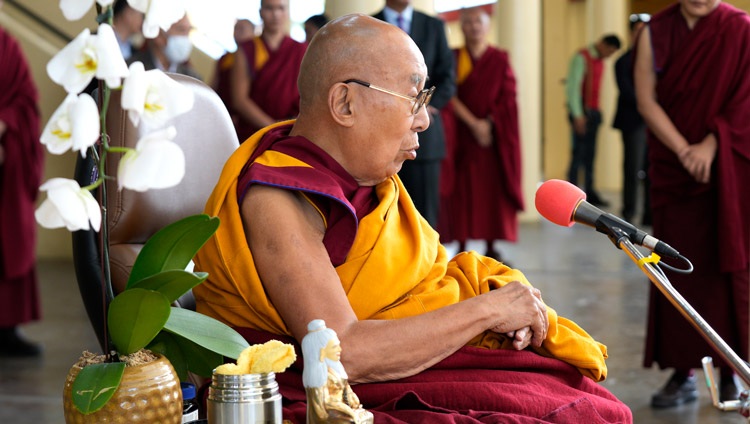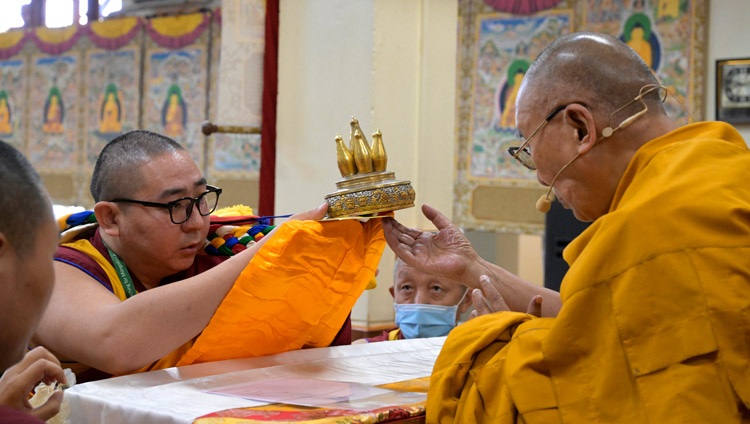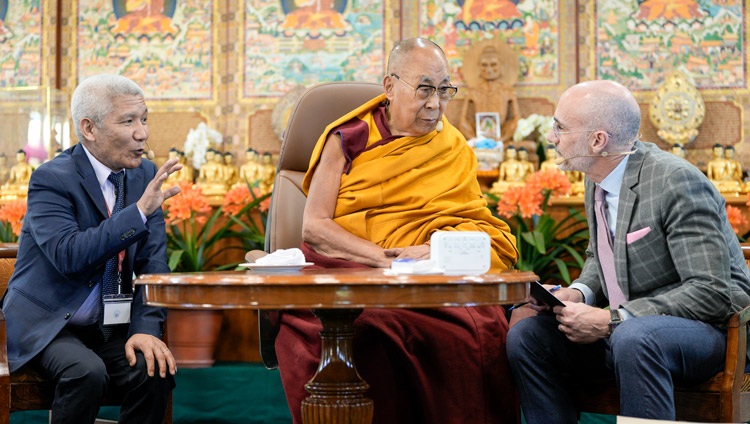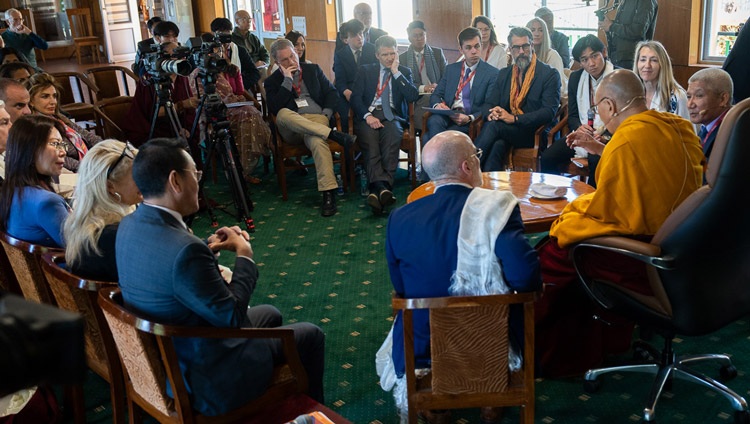4) Education
The desire of Tibetans to develop and administer their own education system in cooperation and in coordination with the central government’s ministry of education is supported by the principles contained in the Constitution with regard to education. So is the aspiration to engage in and contribute to the development of science and technology. We note the increasing recognition in international scientific development of the contribution which Buddhist psychology, metaphysics, cosmology and the understanding of the mind is making to modern science.
Whereas, under Article 19 of the Constitution the state takes on the overall responsibility to provide education for its citizens, Article 119 recognises the principle that “[T]he organs of self-government of the national autonomous areas independently administer educational …. affairs in their respective areas…” This principle is also reflected in Article 36 of the LRNA.
Since the degree of autonomy in decision-making is unclear, the point to be emphasised is that the Tibetan need to exercise genuine autonomy with regard to its own nationality’s education and this is supported by the principles of the constitution on autonomy.
As for the aspiration to engage in and contribute to the development of scientific knowledge and technology, the Constitution (Article 119) and the LRNA (Article 39) clearly recognise the right of autonomous areas to develop scientific knowledge and technology.
5) Environment Protection
Tibet is the prime source of Asia’s great rivers. It also has the earth’s loftiest mountains as well as the world’s most extensive and highest plateau, rich in mineral resources, ancient forests, and many deep valleys untouched by human disturbances.
This environmental protection practice was enhanced by the Tibetan people’s traditional respect for all forms of life, which prohibits the harming of all sentient beings, whether human or animal. Tibet used to be an unspoiled wilderness sanctuary in a unique natural environment.
Today, Tibet’s traditional environment is suffering irreparable damage. The effects of this are especially notable on the grasslands, the croplands, the forests, the water resources and the wildlife.
In view of this, according to Articles 45 and 66 of the LNRA, the Tibetan people should be given the right over the environment and allow them to follow their traditional conservation practices.
6) Utilisation of Natural Resources
With respect to the protection and management of the natural environment and the utilisation of natural resources the Constitution and the LRNA only acknowledge a limited role for the organs of self-government of the autonomous areas (see LRNA Articles 27, 28, 45, 66, and Article 118 of the Constitution, which pledges that the state “shall give due consideration to the interests of [the national autonomous areas]]”. The LRNA recognises the importance for the autonomous areas to protect and develop forests and grasslands (Article 27) and to “give priority to the rational exploitation and utilization of the natural resources that the local authorities are entitled to develop”, but only within the limits of state plans and legal stipulations. In fact, the central role of the State in these matters is reflected in the Constitution (Article 9).
The principles of autonomy enunciated in the Constitution cannot, in our view, truly lead to Tibetans becoming masters of their own destiny if they are not sufficiently involved in decision-making on utilisation of natural resources such as mineral resources, waters, forests, mountains, grasslands, etc.
The ownership of land is the foundation on which the development of natural resources, taxes and revenues of an economy are based. Therefore, it is essential that only the nationality of the autonomous region shall have the legal authority to transfer or lease land, except land owned by the state. In the same manner, the autonomous region must have the independent authority to formulate and implement developmental plans concurrent to the state plans.





